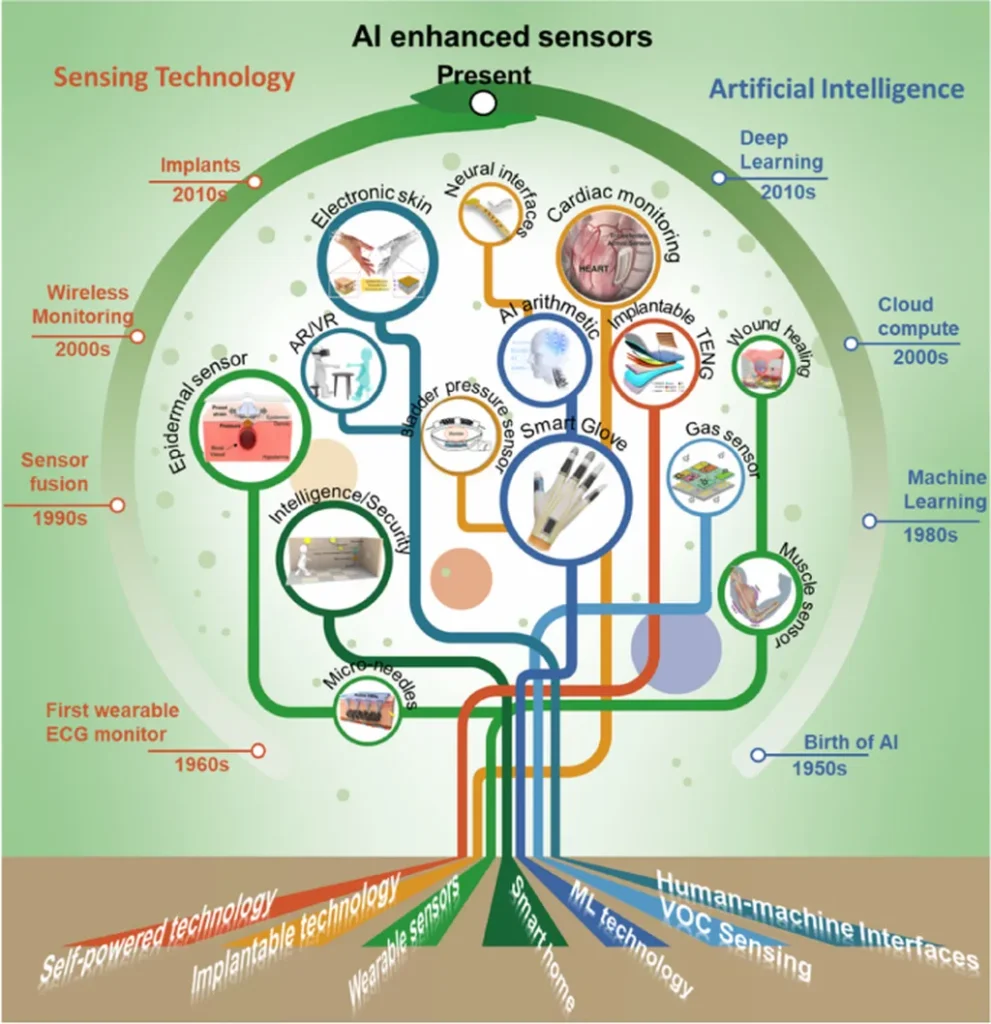In the heart of Guizhou, China, a team of researchers led by Hui Zhang from the School of Information at Guizhou University of Finance and Economics has developed a groundbreaking framework that could revolutionize how we monitor plant health and ecosystem functions. Their work, published in *Frontiers in Plant Science* (translated as *Frontiers in Plant Science*), integrates advanced physics-based modeling with cutting-edge deep learning techniques to enhance the accuracy and robustness of plant trait estimation across diverse ecosystems.
The study addresses a critical challenge in remote sensing: the limited generalizability of existing methods across different ecosystems, land cover types, and sensor modalities. Traditional approaches often struggle with data heterogeneity and domain shifts, leading to inaccurate predictions. To tackle this, Zhang and his team developed PPADA-Net, a novel framework that combines PROSPECT-D radiative transfer modeling with adversarial domain adaptation. This two-stage process involves pretraining a residual network on synthetic spectra from PROSPECT-D to capture the biophysical links between leaf traits and spectral signatures. Subsequently, adversarial learning aligns source and target domain features, reducing domain shifts and enhancing model generalization.
The results are impressive. PPADA-Net outperforms traditional methods like partial least squares regression (PLSR) and purely data-driven models such as ResNet, achieving mean R² values of 0.72 for chlorophyll content (CHL), 0.77 for equivalent water thickness (EWT), and 0.86 for leaf mass per area (LMA). “By merging physical priors with adaptive learning, we’ve created a model that not only performs well but also adapts to different environments,” Zhang explains. This adaptability is crucial for applications in precision agriculture, where accurate and reliable trait estimation can lead to more efficient resource management and improved crop yields.
The practical utility of PPADA-Net was further demonstrated in a real-world farmland dataset (D5), where it achieved high-precision spatial mapping with an nRMSE of 0.07 for LMA. This level of precision is a game-changer for the energy sector, particularly in bioenergy production. Accurate plant trait estimation can help optimize biomass production, ensuring that energy crops are grown efficiently and sustainably. “Our model provides a scalable tool for ecosystem monitoring and precision agriculture, which can significantly impact the energy sector by improving the efficiency and sustainability of bioenergy production,” Zhang adds.
The integration of physical priors with adaptive learning in PPADA-Net offers a promising solution to the challenges of data scarcity and heterogeneity. This research not only advances the field of remote sensing but also paves the way for more robust and generalizable models in plant phenotyping. As we face increasing environmental challenges, tools like PPADA-Net will be instrumental in monitoring ecosystem health and supporting sustainable agricultural practices.
In the broader context, this research highlights the potential of combining physics-based models with deep learning techniques to address complex real-world problems. The success of PPADA-Net suggests that similar approaches could be applied to other domains, enhancing our ability to model and predict natural phenomena with greater accuracy and reliability. As the field continues to evolve, the integration of diverse methodologies will be key to unlocking new insights and driving innovation in ecosystem monitoring and management.

